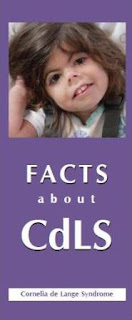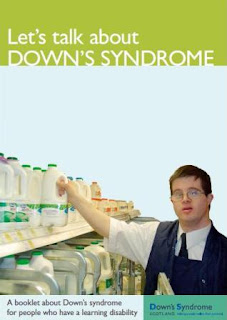But there are things that we do know about autism. This fact sheet offers broad information about autism and answers some of the more common questions that parents and families often have about the disorder.
Source: National Institute of Child Health and Human Development (NICHD)








